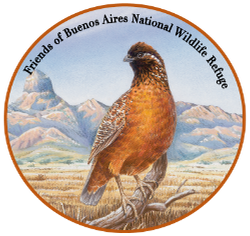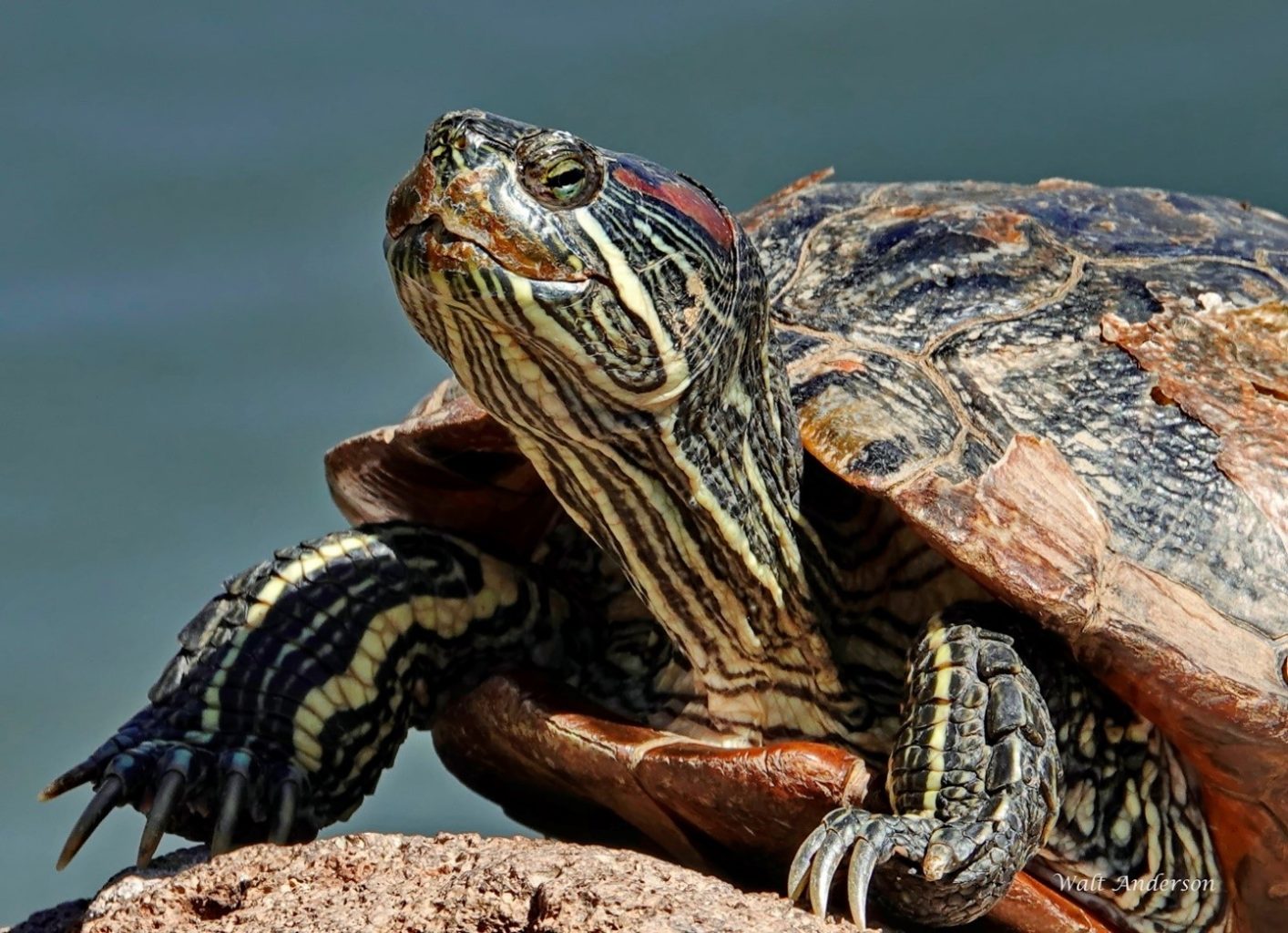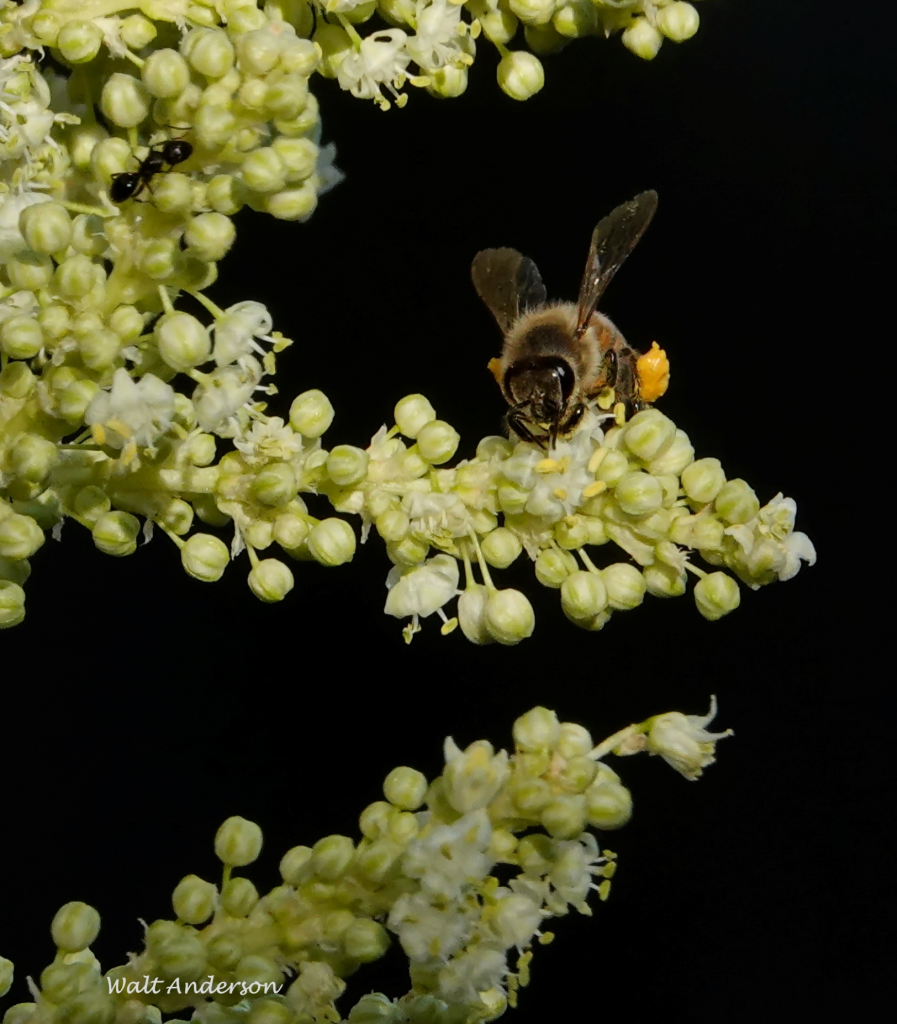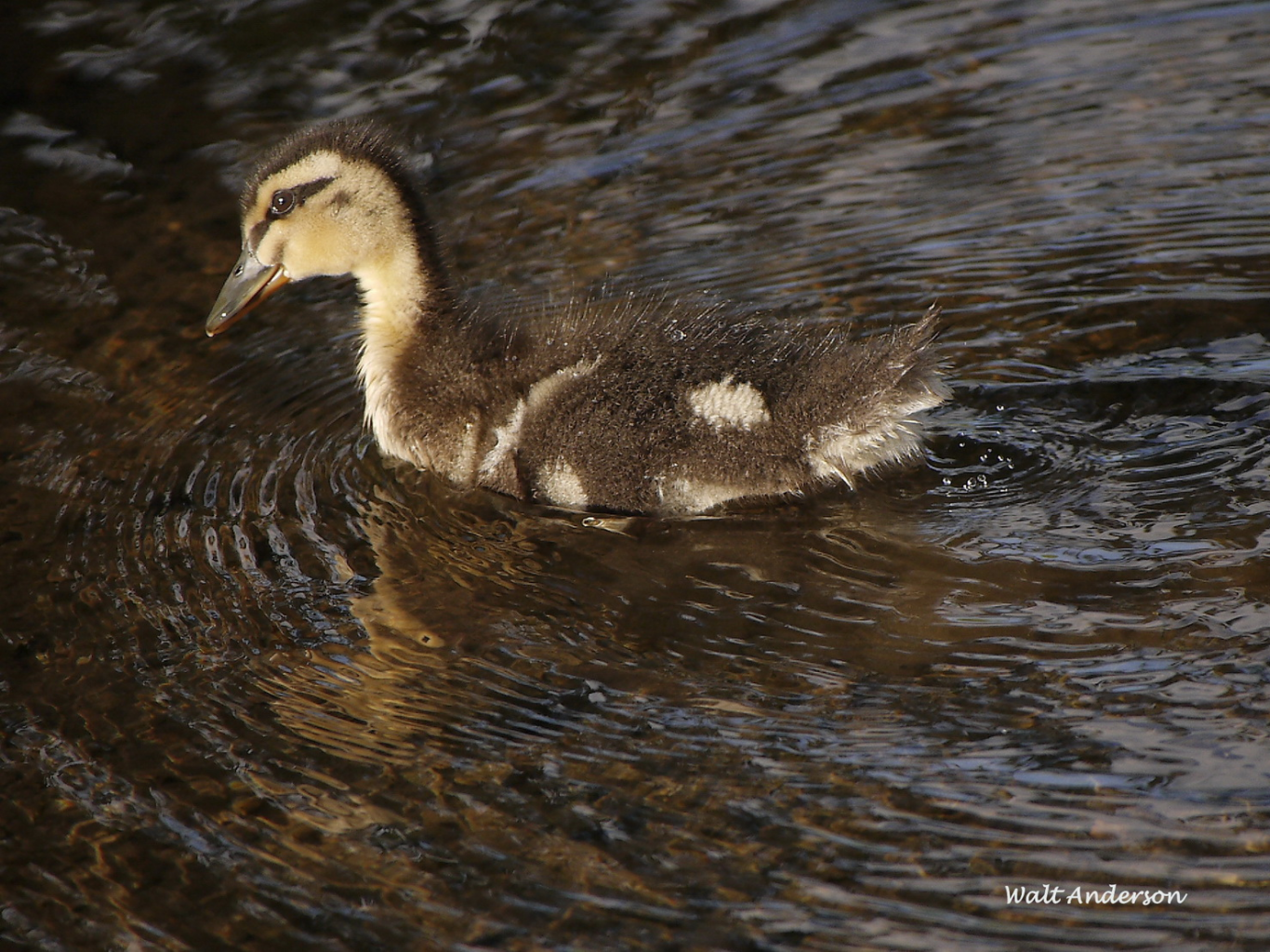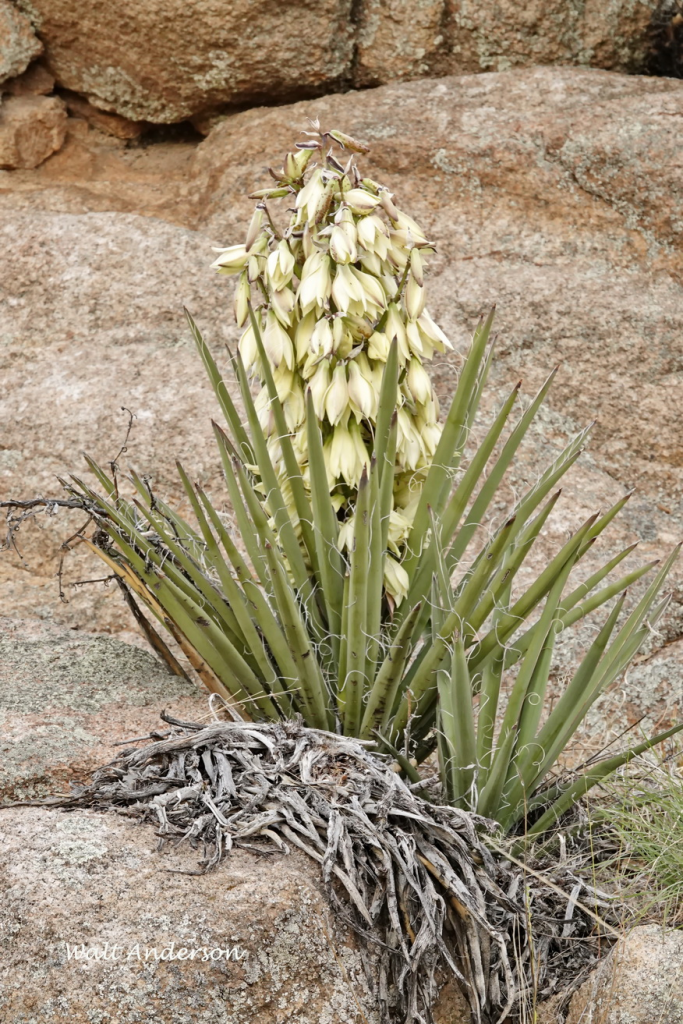Essays
Among Friends. Yellowhead, by Walt Anderson
I admit to a fondness for blackbirds. Most have dramatic behaviors, and they can gather in enormous mixed-species flocks in the winter, filling the air with a riot of sound when in flight. The largest of them, the Yellow-headed Blackbird, has the scientific name Xanthocephalus xanthocephalus, which may sound like some kind of curse spit…
Read MoreGetting High in Arizona
Non-residents who haven’t had the joy of visiting the state often have very narrow perceptions of Arizona, often starting with the Grand Canyon and Saguaros. “Desert” and “Phoenix” also rank high. Birders from around the world are aware that there are many “Mexican” species that cross the border, making this a must-see state for serious…
Read MoreTurtle Talk
Turtle Talk, by Walt Anderson It’s time to talk turtle! There are about 360 living species of turtles in the world, about 3% of reptilian diversity. Arizona is a herpetologist’s paradise when it comes to reptiles (impressive lizard and rattlesnake diversity, for example), though only 6 of the 107 native reptiles in the state are…
Read MoreMonsoon Magic, by Walt Anderson
Arizona is a land of contrasts, and nothing illustrates that better than a generous monsoon season in the midst of a long-term drought. Buenos Aires National Wildlife Refuge is a biodiversity hotspot, blessed with vast grasslands, rich riparian areas, and the unique mountain ecosystems in Brown Canyon in the Baboquivaris. Best of all, it is…
Read MoreHairy Woodpecker
by Walt Anderson The Hairy Woodpecker has one of the largest ranges of any North American bird. In fact, it is found in forested areas from Alaska to Panama. This bird is striking in more ways than one, so let’s take a closer look at this common neighbor of ours. Almost anyone can recognize a…
Read MoreNational Pollinator Week
Today is World Camel Day, and though I admire the lanky beasts, I chose instead to call our attention to National Pollinator Week. Early plants relied on spores for reproduction, and some present ones (e.g., ferns) still do. Wind served to disperse the pollen of gymnosperms, and they had their heyday too, but it was the evolution of Angiosperms that relied on pollen transfer with the aid of animals that really caused a botanical revolution. Today, the great diversity of plants is dependent upon the even greater diversity of animals, particularly insects. Much of our food supply is dependent on pollinators of various kinds, yet our increasing reliance on industrial agriculture, along with its overuse of chemical fertilizers and “pesticides,” is threatening native biodiversity and sometimes even the future of the plants we depend on.
Read MoreNolina
Throughout our grasslands, oak woodlands, and pinyon-juniper stands in Arizona, New Mexico, and northern Mexico grows Nolina microcarpa, commonly known as beargrass, sacahuista, or palmilla. “Beargrass” is an unfortunate name, as it is not a grass at all, nor is it related to the mountain plant called “beargrass” (Xerophyllum tenax). I prefer to call it simply nolina, a lovely name, though the Aztecderived name, sacahuista, is lovely too. It is impressively drought-tolerant, fire-resilient, and evergreen, so it makes a wonderful ornamental plant in our xeriscaped gardens.
Read MorePrecocity
We are all familiar with the precocious nature of Wolfgang Amadeus Mozart, performing the violin beautifully at the age of three and composing pieces of his own at five. Precocity is the development of skills considered very advanced for a given age. It comes from the Latin for “early ripening.” While Mozart was a prodigy with exceptional early talents, humans in general are altricial, born helpless and needing a long period of parental care until able to function independently. Mozart was certainly no less helpless as a newborn, but his musical abilities developed at an extraordinarily early age, thus being considered precocial compared to others in his age-class.
Read MoreJay Walking.
Arizonans harbor myths about “our” jays. I often hear folks talking about the blue jays in their yards. Well, yes, they have jays, and they are basically blue, but the proper Blue Jay is an eastern US species that has only been recorded in SE Arizona a couple times. We have four species of “blue jays” in Arizona: the Steller’s, Mexican, Pinyon, and Woodhouse’s Scrub-Jay. I’ll focus on the scrub-jay in this essay, but I’ll show examples of the others for comparison. It’s time to set the record straight, so let’s do some jay walking.
Read MoreYucca
While cacti often epitomize “desert” in North America, it’s the yuccas that are widespread and notable representatives of semiarid areas throughout much of the continent from Guatemala to southern Alberta, Baja California to Florida and up the coast to Maryland. There are almost 50 species, at least 14 in Arizona. They are completely dependent upon yucca moths for pollination, but the story is more complex than most of us realize. Let’s take a closer at look at these fascinating plants.
Read More